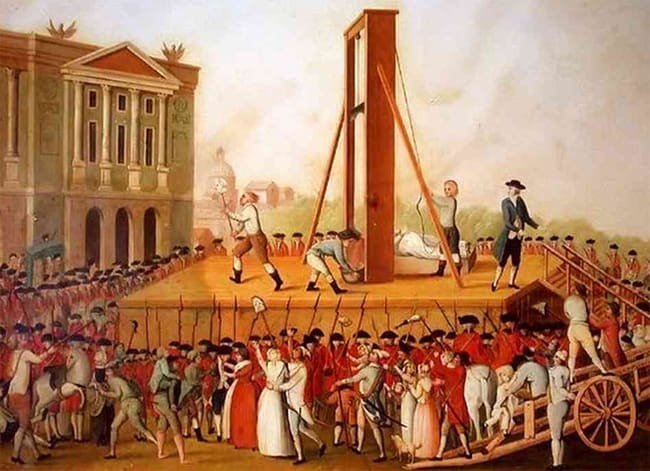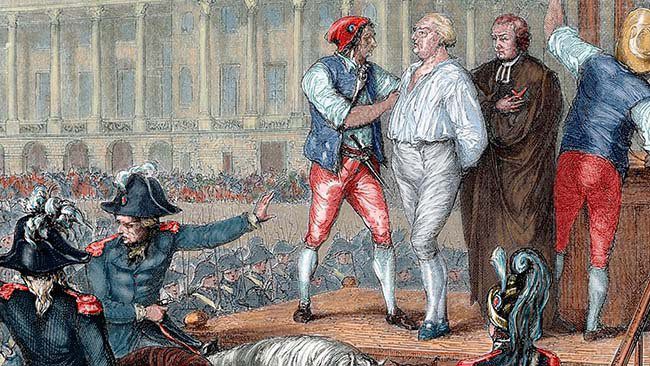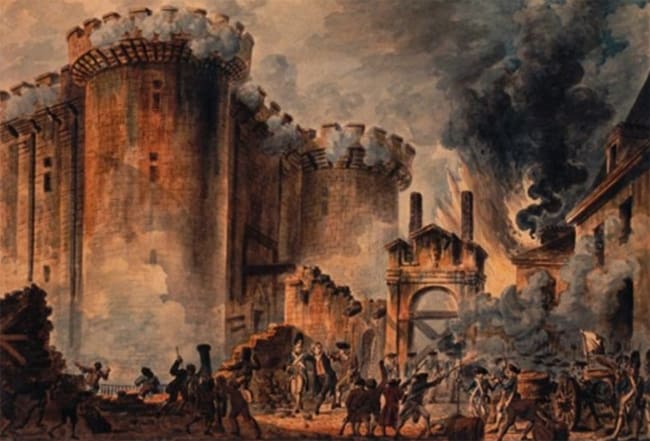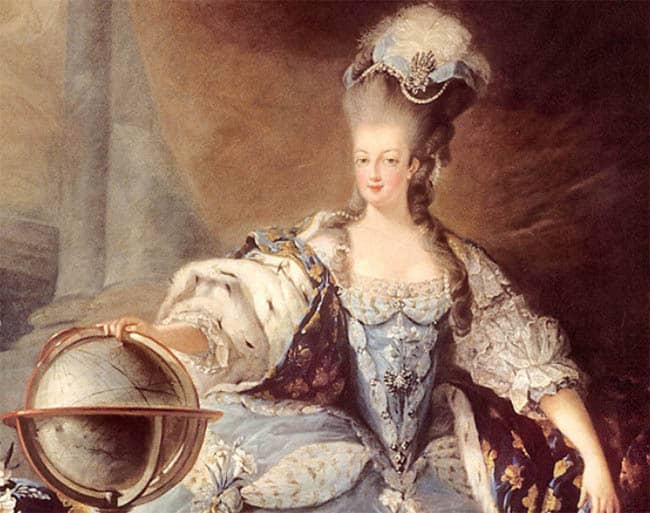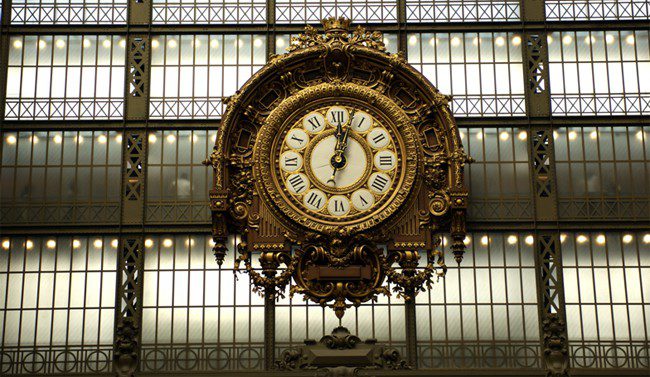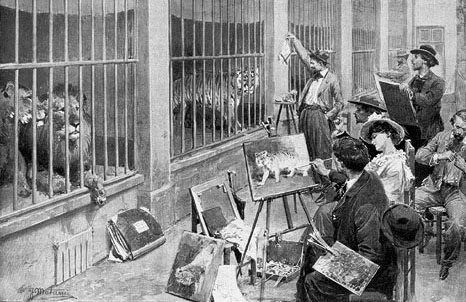Top 19 fun facts about the French Revolution
*Written by Matthieu in November 2017 and edited/updated by Arielle in November 2019 and Updated by Vanessa R in April 2023
The French Revolution was a period of time in France when the people overthrew the monarchy and took control of the government. Lasting 10 years from 1789 to 1799, it began on July 14, when revolutionaries stormed a prison called the Bastille- which is now the celebrated Bastille day (basically the French version of America’s July 4th!)
There were many reasons this war broke out. The bourgeoisie—merchants, manufacturers, professionals—had gained financial power but had no political power. Those who were socially beneath them had very few rights, and most were also extremely impoverished. When the king aimed to increase the tax burden on the poor and expand it to classes that had previously been exempt, that is when the revolution became inevitable.
There are actually so many other factors that went into one of the most prominent eras in history, but I won’t bore you with the boring facts.
If you’re curious and want to know more about French history and events that influenced one of the most important periods in history, you might also want some fun facts to go with it! Read on to find out our top 19 fun facts about the French Revolution.
1. We were introduced to the Guillotine, which beheaded over 18,000 people!
The revolution and the reign of terror that ensued, led by Maximilien Robespierre, one of the best-known and most influential figures of the French Revolution, have caused thousands of casualties: over 18,000 people were beheaded in all, although some historians estimate the deaths to go as far as 40,000. But it’s a case of the biter bit because Robespierre himself was executed by the guillotine (more information about the guillotine here), on July, 28th of 1794.
Same goes for our dear Louis XVI. He experienced first-hand an “improvement” of the guillotine that he had contributed to. Indeed, word is that he was the one to suggest that a triangular blade might make the guillotine more efficient.
But you may have thought that the horror of the guillotine ended with the Revolution: well, it didn’t. Prisoners sentenced to death could still be executed by way of guillotine until death sentence was abolished in 1981, although the last execution happened in 1977.
2. Louis XVI and his family failed to escape because his face was recognized on the coins
Here is a little-known fact. When things really heated up in France, Louis XVI, Marie-Antoinette and the family, afraid for their safety, tried to escape the country.
But they were caught right at the border. For people who didn’t live in Versailles, it was difficult to know what the royal family looked like. There were no pictures, no paintings available to the working classes. But there was still one direct “contact” between the French and the King: the coins!
It seems strange that this carefully planned escape failed because of coins, but it is true! A fun fact about the French revolution is that Louis XVI got recognized because of those small pieces of gold. Then, they were brought back to Paris and sentenced to death… But did you know that Louis XVI almost escaped the death sentence?
3. King Louis XVI’s own cousin voted in favour of his death sentence!
Indeed, the fate of the King was voted in the Parliament. Three hundred and sixty-one voted in favor of the execution, two hundred and eighty-eight voted against it. But as it was later found out, many of the members of Parliament didn’t dare to go against the majority.
And a fun fact about the French revolution is that Louis XVI’s own cousin voted in favor of the execution! The King was executed at Place de la Concorde, that used to be called Place de la Révolution (Revolution Square, in English). Called Louis Philippe d’Orléans but most commonly known as Philippe Egalité, that man was more liberal than the rest of his family. Still, he ended up being beheaded as well. However, his unexpected gesture counted in the eyes of the revolutionaries, because after the revolution of 1830, it was Philippe Egalité’s son who was crowned king, as a sign of the renewal of the monarchy.
4. The Bastille was torn down by hand because they didn’t have explosives!
The event that is commonly known as marking the beginning of the French Revolution is the storming of the Bastille prison. But a fun fact linked to this is that there were actually only seven prisoners in the prison that day! One of them being the infamous Marquis de Sade, who gave his name to sadism.
And another fun fact about the French Revolution and Bastille is that the building was torn down by hand by the revolutionaries since most of them were peasants who didn’t have access to explosives or more destructive weapons. In fact, the attackers were way more interested in the stock of arms and powder kept within the walls of the prison than in the prisoners.
5. Marie Antoinette had some very strange last words…
Marie-Antoinette was despised during her life, but she is more loved today and more famous than any other French queen. This is why some historians have tried to rehabilitate her reputation: for instance, she was believed to have said, when the Parisians came to Versailles to ask for bread: “If they can’t have bread, let them have cake“. But, very likely, she never said that, and the rumors of the time distorted who she truly was.
In fact, the last words she is supposed to have said are “I’m sorry“, for stepping on the executioner’s toe… How sad! And another fun fact about the French Revolution and about the most famous Queen of France is that Marie-Antoinette supposedly gave the executioner a purse full of gold coins, to make sure that the blade was sharp and that her death was going to be clean and quick. Like the King, she was executed at Place de la Concorde.
>> Read more about French Queens on Discover Walks
6. They used a different calendar to make telling time easier
Everybody knows that there are 24 hours in a day, 60 minutes in an hour, and 60 seconds in minute. But in between 1793 and 1805, the French rid of the old clock system in favor of French Revolutionary Time, which was a 10-hour day, with 100 minutes per hour, and 100 seconds per minute.
There were still 12 months but they were divided into three ten-day weeks, each ending in a day of rest and another day equal to Sunday. Interestingly enough, It was almost identical to the calendar used by the Ancient Egyptians.
Though it was done to make counting time easier, it was widely unpopular not to mention difficult to change the clocks all over the country. The French officially stopped using decimal time after just 17 months and French Revolutionary Time was made non-mandatory starting on April 7, 1795.
7. The first public zoo was created in Paris during the French Revolution: the Ménagerie du Jardin des Plantes
The National Assembly passed a decision that exotic animals held privately were to be donated to the menagerie at Versailles, or killed, stuffed, and donated to scientists at the Jardin des Plantes.
They decided to keep the animals alive (yay!) and the world’s first public zoo was created in the interest of public education. At least it didn’t end badly for the animals!
8. Bread was a delicacy
In the late 18th and early 19th century French citizens ate about an average two pounds of bread each day. When the price of flour skyrocketed because of Louis XVI’s poor financial decisions, a loaf cost as much as a peasant’s mostly wage!
9. People made political pornography sketches about the monarchy…
Did you also know that during the revolution, satiric pamphlets were distributed around to citizens. These were explicit, mocking, erotic sketches which slandered the monarchy, especially against Marie Antoinette! I’ve not included one of the images above, but feel free to google “French Revolution Libelles” and see for yourself! It’s actually quite graphic.
10. Louis XVI was diagnosed with phimosis
When women can’t have children most blame is usually placed on the woman and not the man however according to historians and medical experts Louis had phimosis, a condition which may have affected his sex life. This condition happens when the penis’ foreskin is overly tight which then affects correction. His condition in particular has been blamed for his inability to produce an heir for 7 years with Marie Antoinette.
11. One of the Revolution’s first acts of defiance happened on a tennis court
King Louis XVI had stopped the National Assembly from meeting in their normal location but that didn’t stop them from meeting, in 1789 the Third Estate delegates decided to meet at a tennis court in 1789. The true test of the king’s power was tested at this time and the fact that the Third Estate’s met anyways showed that they were willing to defy the monarchy, their lack of fear escalated the French Revolution and was a fair representation of what the French people could do against the monarchy.
12. Revolutionaires wore skirts to differentiate themselves from the nobility
Revolutionaries changed the way they dressed during the French Revolution to set themselves apart from the nobility. They started wearing long, fluttering garments known as “caracos” or “surtouts,” which resembled skirts, and knee-length trousers called “culottes.”
The energetic and sometimes violent character of the revolution made this type of clothes necessary, but it also symbolised a rejection of the elaborate and rich attire worn by the aristocracy.
13. Jean-Paul Marat was murdered in his bathtub
Marat wrote articles supporting the sans-cullottes for his publication L’ami du peuple (“The Friend of the People”), but he spent the three years before his murder in a medicinal bath because of a severe skin condition.
On July 13, 1793, Charlotte Corday, a Girondist supporter, killed Marat with a five-inch kitchen knife because she believed he was responsible for the September Massacres of 1792 and feared that his writings would ignite a full-scale civil war in France. A guillotine was used to kill her afterwards.
14. There were a lot of pornographic publications
An unexpected number of pornographic books were published during the French Revolution, usually with the goal of defaming the monarchy and the aristocracy. These publications, which contained both written works and visual photographs, often included parodies of royalty and other aristocratic people doing sexual stuff. Of course, this kind of content went around like wildfire, lower classes were especially thrilled to see the aristocrats humiliated. Many people thought that the publications were highly offensive but at the same time, it was a way of belittling the rich.
15. The French were criticized for their lavish spending
When you live lavishly as a royal you also have to ensure that your subjects are content and are ok with you spending their money in a certain way. The French royals didn’t take lessons in keeping their citizens happy which led to their downfalls. The French royals lived lavishly and were criticised for being spendthrifts, they used a lot of money on luxurious items such as clothing, jewels, parties and other items that most people could not even fathom having. A lot of people felt that these people who were in power had no empathy towards their problems which then led to animosity and rage hence the French Revolution.
16. They had drastic weather that affected the food supply
The French financial situation at this time was dire and unbearable for most people, yet, the weather incidents that occurred affected how the revolution unfolded. Horrible winters and wet summers affected food supplies which led to an increase in the price of essentials like bread. People grew increasingly tired of the government’s inability to solve these particular issues and the horrible weather did not make things easier for the citizens.
17. The French were inspired by the American revolutions
The 18th century was a period where people questioned and wanted to understand why things happened the way they did, this was the New Age of Enlightenment. Americans at this time were also demonstrating that a group of colonies had the power to bring down powerful imperial states and actually have a society that had liberty and equality. It quickly became a movement across Europe and this in itself served as an inspiration for French intellectuals and political leaders, within no time intellectuals and political leaders had the confidence to challenge the long-standing social order.
18. The people marched to the Palace of Versailles
In an effort to draw attention to the high price of bread and the scarcity of food in the city, many women from Paris marched to the Palace of Versailles in October 1789. They asked that the King and Queen accompany them back to Paris as thousands more people, including many men, joined the march shortly after. The King and Queen finally decided to drive the large crowd back to Paris after a violent standoff. This occasion represented a crucial turning point in the French Revolution by shifting power from the king to the people.
19. The French royal family nearly escaped
The royal family sought to flee from Paris in 1791 during the French Revolution. They pretended to be someone else and made an attempt to escape towards Austria’s border, where the queen, Marie Antoinette, had relatives.
Luck was not on their side because by they were caught in Varennes and taken as prisoners back to Paris. Their reputation after their failed escape attempt was severely damaged. Their attempt to flee was seen as a betrayal by French citizens which obviously didn’t work in their favour.
I hope you’ve enjoyed reading our top 19 interesting facts about the French Revolution. Beyond these fun facts about the Revolution, which one may find gory, keep in mind that everything that happened during that period had a durable impact on the French mentality. Don’t blame the French, blame the Revolution! And if you are interested in more facts about the French Revolution, go to the Palace of Versailles to relive those troubled times.
Planning a trip to Paris ? Get ready !
These are Amazon’s best-selling travel products that you may need for coming to Paris.
Bookstore
- The best travel book : Rick Steves – Paris 2023 – Learn more here
- Fodor’s Paris 2024 – Learn more here
Travel Gear
- Venture Pal Lightweight Backpack – Learn more here
- Samsonite Winfield 2 28″ Luggage – Learn more here
- Swig Savvy’s Stainless Steel Insulated Water Bottle – Learn more here
Check Amazon’s best-seller list for the most popular travel accessories. We sometimes read this list just to find out what new travel products people are buying.





